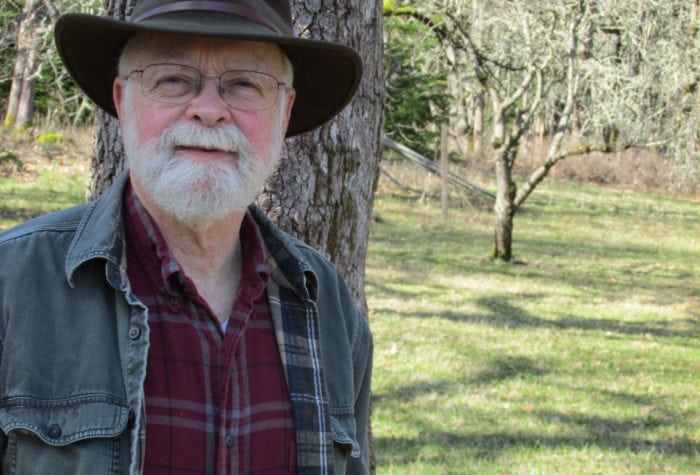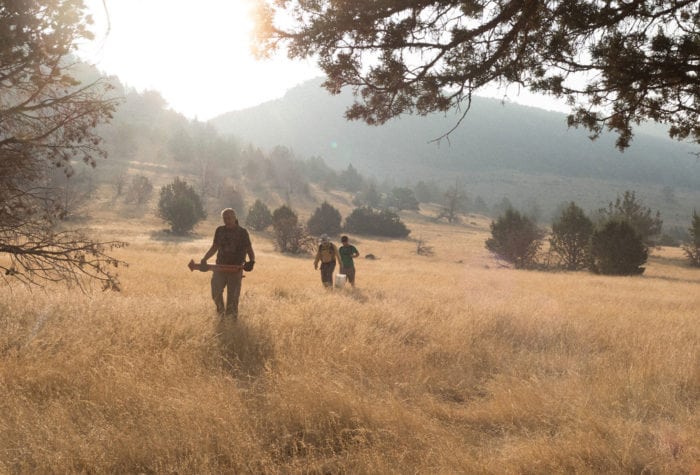Donate today to begin your ONDA membership and preserve your favorite high desert wild lands and waters.
Your tax-deductible donation supports healthy, resilient public lands. Thank you for making high desert conservation a priority. A gift of any size will begin your ONDA membership.

